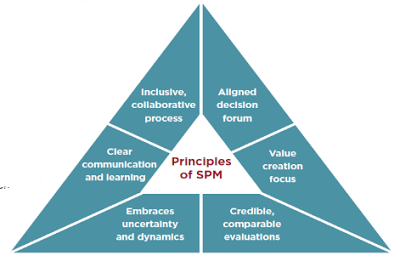The Art of Consumer Empathy Part IV - Cultural Commitment

In Empathy Part III we discussed empathy-building through consumer communities and ethnography. Part IV concludes this series with tips to building a continuous commitment to consumer empathy in your company. Can't wait to meet you at FEI 2010! Look me up to say Hi at the TNS Booth.
Do You LIVE Your Consumer? Experience THEIR Value Chain First-Hand?
The highest order consumer-empathic organization is attained when your cross-functional team and senior leadership internalize what it is like to walk in your consumers' shoes at EVERY STAGE of the consumer value chain, and apply that empathy as one input to decision making. Embracing consumer empathy doesn't require that you run a marathon in your consumers' footwear, but it sure helps to walk the proverbial mile. The activities below can be employed to ensure empathy development becomes a stronger part of the team mindset and company culture.
Live Your Brand to the Fullest: Empathy can be cultivated through first-hand personal experience with the brand in the various consumer environments across every moment of the consumer experience. Not to be confused with whirlwind market tours, occasional store checks, mystery shoppers, and in-lab product use. Think about the various touch points with your product or service in its natural purchase, use, and post-use environments. Have you personally experienced each touch point for your product(s) and those of your competitors? If not, you may be missing a key phase in the empathy chain, oblivious to consumer tensions, frustrations, and fascinations. If this seems like stating the obvious in your organization, great news. However, a reality re-set may be in order if your managers live very different lives than your consumer base and do not routinely experience your offering(s) along its full continuum in natural settings.
Systematize the Journey: Establishing a consumer empathy culture requires creating new habits and routines. If not built into expected accountabilities, the vision will fall victim to other pressing priorities. Commit the team to personally live the consumer's value chain and to spend some specified time each month building empathy through informal consumer connections. Don't wait for the next focus group, ethnography, or shopper study.
- -Create a list of touchpoints for your product(s) and your consumers
- -Brainstorm a pool of consumer observation activities that individuals can do independently, requiring only the five senses and an hour or two every few weeks
- -Hold periodic team immersion excursions, including physical and virtual field trips to gathering places relevant to your consumers
- -Schedule regular meetings and conversations with experts who are in daily contact with your consumers
- -Maintain a personal empathy journal to schedule your activities, keep notes of your observations, and noodle on ideas sparked as a result
- -Create an empathy exchange journal for the team to share their personal observations
- -Conduct regular team empathy summits to debrief, discuss hypotheses, activate learnings
- -Verify some of the most compelling hypothesis through follow-up action
Final Thoughts: Consumer Empathy in Your DNADeveloping consumer empathy can shift your team's perspective from consumer researchers to consumer champions, from brand managers to brand builders, and from product developers to game-changing innovators. As you consider your commitment to developing stronger consumer empathy in your company, remember: the ultimate success metric of consumer empathy is the effectiveness of the action you take as a result of that empathy. It is the action that ensures the "what you know" about your consumers becomes the "what you do" for your consumers.
source: www.FoodTrends.com Food & Beverage Matters Blog, P.Kish, TNS Landis